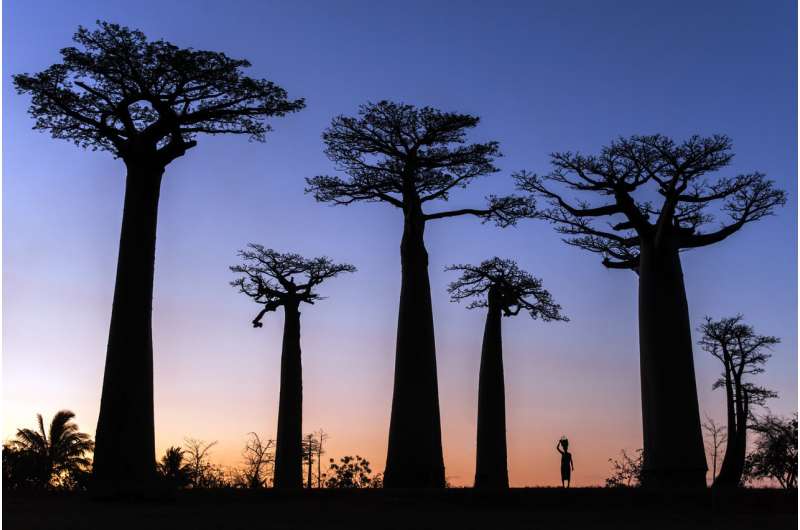Study: Indigenous peoples own or manage at least one quarter of world's land surface

Indigenous Peoples have ownership, use and management rights over at least a quarter of the world's land surface according to a new study published this week in the journal Nature Sustainability.
The 38 million square kilometers (14.6 million square miles) are spread across 87 countries or politically distinct areas and overlap with about 40 percent of all terrestrial protected areas.
The results of the study provides strong evidence that recognizing the rights of Indigenous Peoples to their traditional lands and waters is not only an ethical obligation it is essential to meeting local and global conservation goals. The authors say that more collaborative partnerships between Indigenous Peoples and governments would yield significant benefits for conservation of ecologically valuable landscapes, ecosystems, and genetic diversity for future generations.
"Understanding the extent of lands over which Indigenous Peoples retain traditional connection is critical for several conservation and climate agreements," said Professor Stephen Garnett from Charles Darwin University in Australia who led the international consortium that developed the maps. "Not until we pulled together the best available published information on Indigenous lands did we really appreciate the extraordinary scale of Indigenous Peoples' ongoing influence," he said.
There are at least 370 million people who define themselves as Indigenous, are descended from populations who inhabited a country before the time of conquest or colonization, and who retain at least some of their own social, economic, cultural and political practices. The proportion of countries with indigenous people is highest in Africa and lowest in Europe-West Asia.
Said Dr. Ian Leiper, also from Charles Darwin University, who was responsible for assembling much of the mapping information: "We are not surprised this has never been done before. It has taken three years to track down credible sources of data from around the world."
Said Professor Neil Burgess of the UN Environment World Conservation Monitoring Centre in Cambridge: "In many countries Indigenous peoples are taking an active role in conservation. What this new research shows is the huge potential for further collaborative partnerships between indigenous people, conservation practitioners and governments. This should yield major benefits for conservation of ecologically valuable landscapes, ecosystems and genes for future generations."
But the authors warn that such partnerships need to be forged quickly as many of the Indigenous lands are under huge pressure for development.
Said co-author professor John E.Fa of the Center for International Forestry Research and Manchester Metropolitan University: "Where I work in central Africa, Indigenous Peoples are synonymous with tropical rainforests in the best condition. But change is happening fast. Empowering Indigenous Peoples will be key to conserving these forests."
One of the striking findings of the study was the extent of lands with strong Indigenous connections that are little changed by development.
Said Professor James Watson of the Wildlife Conservation Society (WCS) and University of Queensland: "We found that about two thirds of Indigenous lands are essentially natural. That is more than double the proportion for other lands."
The study should have particular value for the Intergovernmental Science-Policy Platform on Biodiversity and Ecosystem Services (IPBES) which is coordinating efforts to assess the status and trends of nature, and the contributions of nature to people.
Said Professor Zsolt Molnár from the IPBES Indigenous and Local Knowledge Task Force: "We have been looking for an overview of Indigenous influence for some time. What these new maps show us is that understanding Indigenous perspectives and indigenous contributions to conservation are essential when negotiating local or global conservation agreements."
Journal information: Nature Sustainability
Provided by Wildlife Conservation Society

















